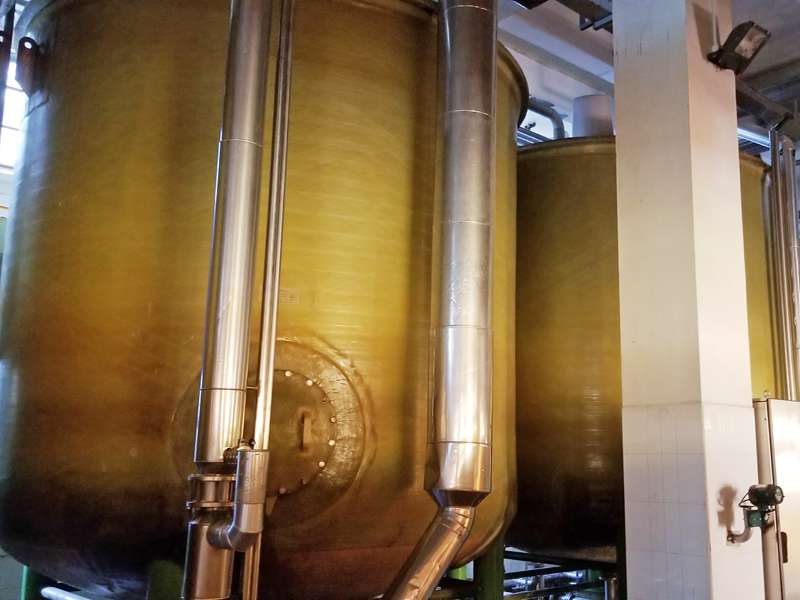
-
 Afrikaans
Afrikaans -
 Albanian
Albanian -
 Amharic
Amharic -
 Arabic
Arabic -
 Armenian
Armenian -
 Azerbaijani
Azerbaijani -
 Basque
Basque -
 Belarusian
Belarusian -
 Bengali
Bengali -
 Bosnian
Bosnian -
 Bulgarian
Bulgarian -
 Catalan
Catalan -
 Cebuano
Cebuano -
 China
China -
 China (Taiwan)
China (Taiwan) -
 Corsican
Corsican -
 Croatian
Croatian -
 Czech
Czech -
 Danish
Danish -
 Dutch
Dutch -
 English
English -
 Esperanto
Esperanto -
 Estonian
Estonian -
 Finnish
Finnish -
 French
French -
 Frisian
Frisian -
 Galician
Galician -
 Georgian
Georgian -
 German
German -
 Greek
Greek -
 Gujarati
Gujarati -
 Haitian Creole
Haitian Creole -
 hausa
hausa -
 hawaiian
hawaiian -
 Hebrew
Hebrew -
 Hindi
Hindi -
 Miao
Miao -
 Hungarian
Hungarian -
 Icelandic
Icelandic -
 igbo
igbo -
 Indonesian
Indonesian -
 irish
irish -
 Italian
Italian -
 Japanese
Japanese -
 Javanese
Javanese -
 Kannada
Kannada -
 kazakh
kazakh -
 Khmer
Khmer -
 Rwandese
Rwandese -
 Korean
Korean -
 Kurdish
Kurdish -
 Kyrgyz
Kyrgyz -
 Lao
Lao -
 Latin
Latin -
 Latvian
Latvian -
 Lithuanian
Lithuanian -
 Luxembourgish
Luxembourgish -
 Macedonian
Macedonian -
 Malgashi
Malgashi -
 Malay
Malay -
 Malayalam
Malayalam -
 Maltese
Maltese -
 Maori
Maori -
 Marathi
Marathi -
 Mongolian
Mongolian -
 Myanmar
Myanmar -
 Nepali
Nepali -
 Norwegian
Norwegian -
 Norwegian
Norwegian -
 Occitan
Occitan -
 Pashto
Pashto -
 Persian
Persian -
 Polish
Polish -
 Portuguese
Portuguese -
 Punjabi
Punjabi -
 Romanian
Romanian -
 Russian
Russian -
 Samoan
Samoan -
 Scottish Gaelic
Scottish Gaelic -
 Serbian
Serbian -
 Sesotho
Sesotho -
 Shona
Shona -
 Sindhi
Sindhi -
 Sinhala
Sinhala -
 Slovak
Slovak -
 Slovenian
Slovenian -
 Somali
Somali -
 Spanish
Spanish -
 Sundanese
Sundanese -
 Swahili
Swahili -
 Swedish
Swedish -
 Tagalog
Tagalog -
 Tajik
Tajik -
 Tamil
Tamil -
 Tatar
Tatar -
 Telugu
Telugu -
 Thai
Thai -
 Turkish
Turkish -
 Turkmen
Turkmen -
 Ukrainian
Ukrainian -
 Urdu
Urdu -
 Uighur
Uighur -
 Uzbek
Uzbek -
 Vietnamese
Vietnamese -
 Welsh
Welsh -
 Bantu
Bantu -
 Yiddish
Yiddish -
 Yoruba
Yoruba -
 Zulu
Zulu
Exceptional Resistance of Fiberglass Ducts
Exceptional Resistance The Advantages of Fiberglass Ducts
In the realm of HVAC (Heating, Ventilation, and Air Conditioning) systems, the choice of materials can significantly influence performance, longevity, and efficiency. Among the various options available, fiberglass ducts have emerged as a preferred choice for many engineers and contractors due to their exceptional resistance to a range of environmental factors. This article explores the numerous advantages of fiberglass ducts, emphasizing their resistance and suitability for diverse applications.
Outstanding Corrosion Resistance
One of the most significant benefits of fiberglass ducts is their remarkable resistance to corrosion. Unlike traditional metal ducts, which can rust and degrade over time, fiberglass is inherently resistant to a variety of corrosive substances, including moisture, chemicals, and pollutants. This property makes fiberglass ducts particularly advantageous in industries that involve harsh chemicals or corrosive environments, such as chemical manufacturing and wastewater treatment facilities. By utilizing fiberglass, facility managers can reduce maintenance costs and extend the lifespan of their ductwork systems.
Thermal Insulation Properties
Fiberglass ducts also exhibit exceptional thermal insulation properties. The material effectively minimizes heat loss or gain during air transfer, ensuring that conditioned air is maintained within the desired temperature range. This efficiency not only enhances comfort within buildings but also reduces energy costs. Additionally, the insulation property of fiberglass helps in controlling condensation, which is crucial in preventing mold growth and ensuring indoor air quality. This resistance to moisture buildup is especially beneficial in humid environments.
Fire Resistance
fiberglass ducts demonstrate exceptional resistance against

Safety is a paramount concern in any construction project, and fiberglass ducts offer reassuring fire resistance compared to traditional materials. While no material is completely fireproof, fiberglass does not support combustion and has a lower risk of contributing to the spread of flames. Many fiberglass duct systems are manufactured with fire-rated materials, making them suitable for applications requiring strict adherence to fire safety codes. Their ability to withstand high temperatures without deforming further enhances their appeal in commercial and industrial settings.
Lightweight and Easy to Install
The lightweight nature of fiberglass ducts is another factor that contributes to their increasing popularity. Their reduced weight makes transportation and installation significantly easier and less labor-intensive than metal ducts. Contractors can handle and install fiberglass ducts with greater ease, leading to reduced labor costs and shortened project timelines. Additionally, the flexibility of fiberglass allows for creative ductwork design, fitting into tight spaces and complex layouts without compromising performance.
Long-Term Cost Savings
While the initial investment in fiberglass ducts may be higher compared to traditional metal options, the long-term benefits often outweigh the costs. The durability, low maintenance requirements, and energy efficiency of fiberglass reduce the need for frequent repairs and replacements, ultimately saving money over time. This economic advantage, coupled with their excellent resistance capabilities, makes fiberglass ducts a sound choice for both residential and commercial applications.
Conclusion
In summary, fiberglass ducts demonstrate exceptional resistance against a variety of challenges, including corrosion, thermal fluctuations, moisture, and fire risks. Their advantageous properties, coupled with ease of installation and long-term cost savings, make them an ideal choice for modern HVAC systems. As industries continue to evolve and prioritize efficiency, safety, and sustainability, the role of fiberglass ducts will likely grow, embodying a critical component in effective air distribution systems. Investing in fiberglass ducting represents not just a choice in materials, but a commitment to quality and performance that can significantly benefit building management.









